- Fire Emblem Wyvern Rider - June 23, 2022
- Fire Emblem Assassin - June 8, 2022
- Fire Emblem Wyvern Lord - June 8, 2022
Intro
In the immortal words of Count Dooku, “I’ve been looking forward to this.”
I’ve covered a lot of classes in the Fire Emblem series here on FEFanatics, and I’ve finally gotten around to my favorite (tier 1 class): the Cavalier.
One of the most regularly appearing classes in the series, your Cavaliers are the workhorses of your army in the early game (No pun intended). Since you’ll be relying on them a lot, you should get to know what they can do. That’s why I’m here, so let’s get started.
History of the Cavalier
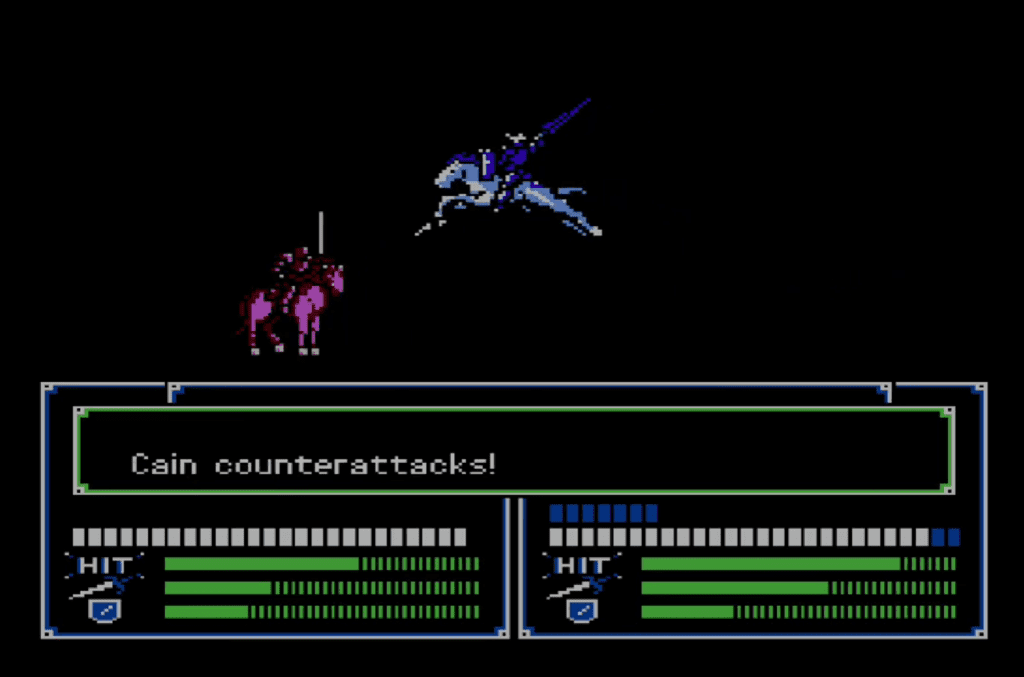
The Cavalier class made its debut in Shadow Dragon & the Blade of Light, with the iconic duo of Cain and Abel serving as the first Cavaliers in the series.
Cavaliers could use Swords and Lances and stand out as one of the few base classes that can do so. Cavaliers could promote into Paladins, one of the most consistent promotion paths in the series.
In Fire Emblem Gaiden, the Cavalier serves as one of the numerous promotion options for your Villager units. Slightly, unfortunately, the Cavalier class became Lance-locked and lost access to Swords. Mystery of the Emblem introduced a Dismount system for mounted units.
While Cavaliers were technically still Lance-locked, while dismounted, they used Swords instead of Lances. Much of the Cavalier’s value comes from the class’s mobility, much of which they lose while grounded. As a result, the tradeoff isn’t worth it.
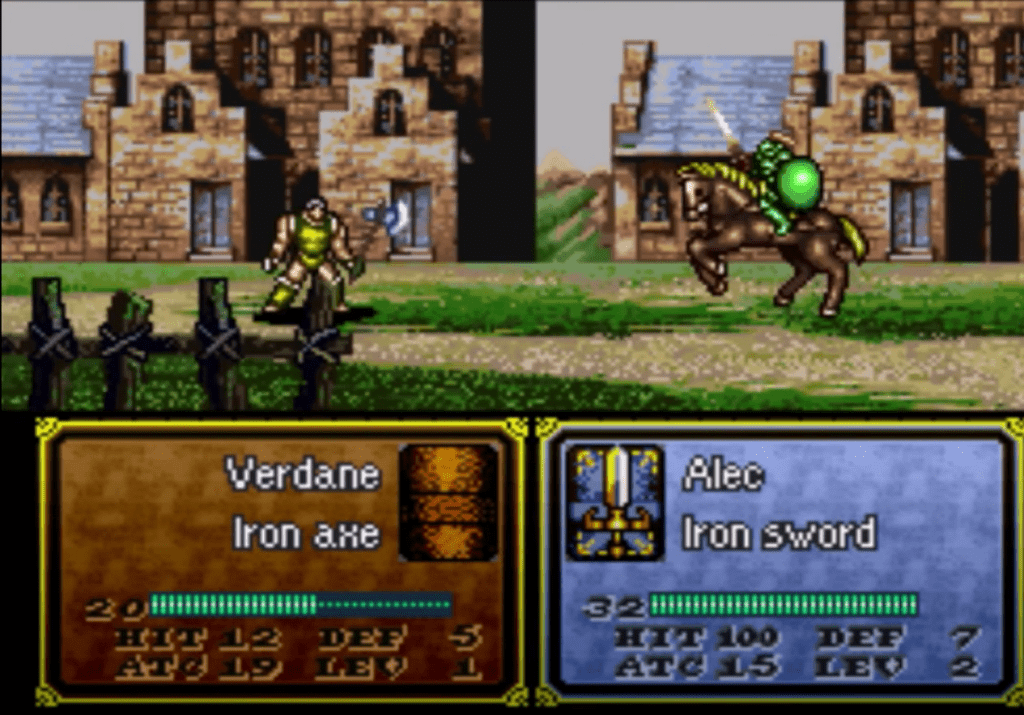
The Cavalier returns in Genealogy of the Holy War and once again has access to Swords and Lances. That trend continued in Thracia 776. Thracia 776 brought back the Dismount system, which locked Cavaliers to Swords again while on their feet.

The modern Cavalier took shape with the release of the sixth game, The Binding Blade. It became the only base class to have access to more than one weapon type. With the weapon triangle system well in place by this point, that gave them a significant advantage.
In The Sacred Stones, the Cavalier is one of the promotion options for the Recruit character Amelia. Cavaliers also had the option of becoming Great Knights instead of just their de facto promotion, the Paladin.
The Tellius Saga followed the footsteps of Genealogy of the Holy War by dividing the Cavalier class based on weapon preference. Instead of Cavaliers, you had Sword Knights, Lance Knights, Axe Knights, and Bow Knights. I always felt like Sword Rider, Axe Rider, etc., sounded better and prevented confusing mounted Knights with infantry Knights.
These classes were all restricted to one weapon type until promotion to the Paladin. Intelligent Systems altered the formula even further in Radiant Dawn. Here, even promoted Paladins became restricted to one weapon type.
Known as Sword Paladins, Axe Paladins, Bow Paladins, and Lance Paladins, they gained access to multiple weapon types after promoting into the tier 3 Silver Knight or Gold Knight.
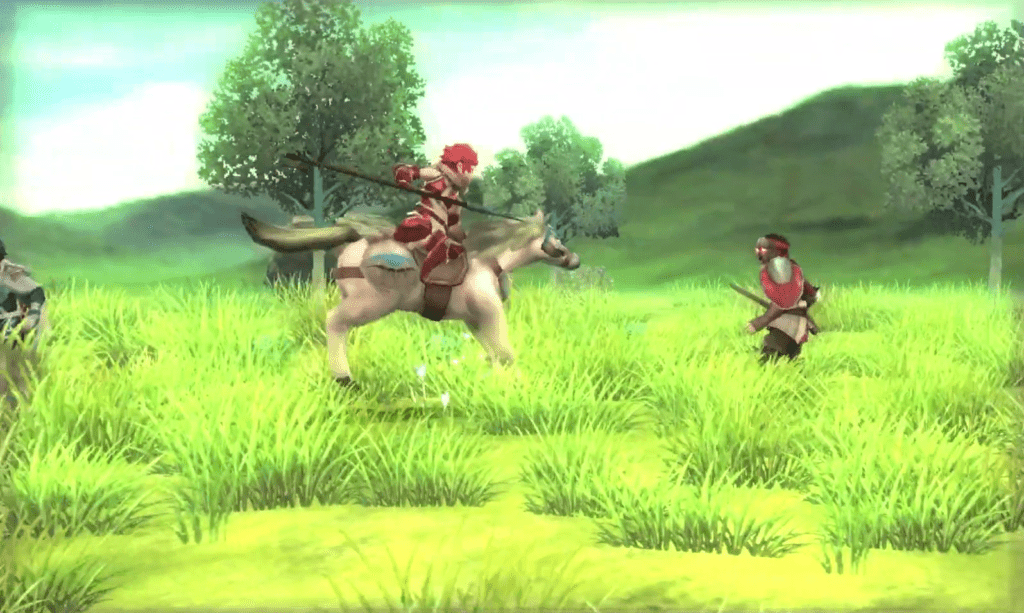
Cavaliers reverted back to their “normal” state in Awakening and have stayed that way for much of the remainder of the series. Once again, Cavaliers had the option of becoming either Paladins or Great Knights.
That trend continued in Fates, with the Cavalier serving as one of the Nohrian classes. Intelligent Systems went old school with Echoes: Shadows of Valentia, with Cavaliers reverting back to Lance-locked units.
In Three Houses, the Cavalier is a promotion class option for level 10 Commoners and Nobles, with a Lance skill of C, a Riding skill of D, and an Intermediate Seal.
What Makes a Cavalier?
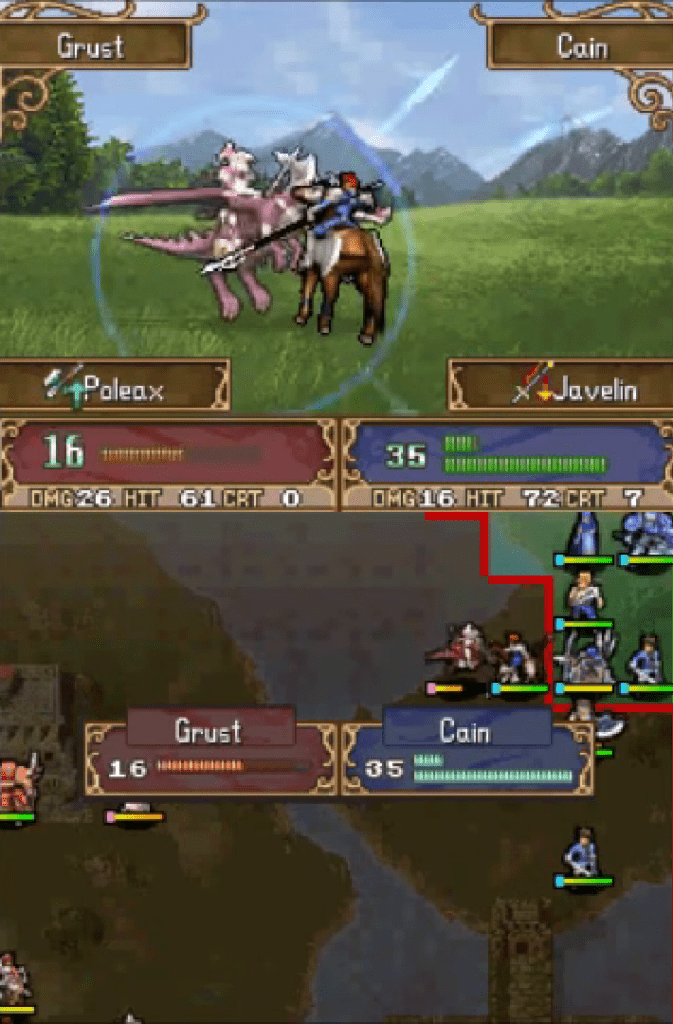
Cavaliers are arguably the most balanced and well-rounded base class in Fire Emblem. The only deficit they suffer from in the early game is low Resistance. But seeing as how enemy magic users are pretty rare early on, it’s a non-issue for a while.

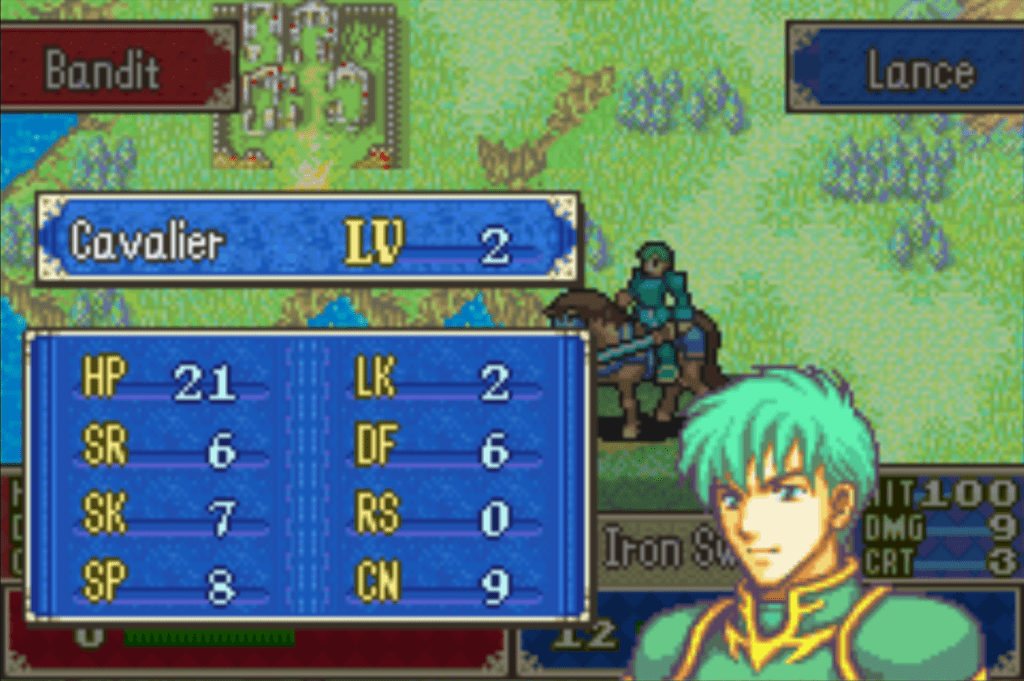
The stat spread of Cavaliers as they level up depends significantly on whether they fall under the Cain and Abel archetype. Cain and Abel Cavaliers are usually the first pair of Cavaliers in your army and typically join before Chapter 3.
They are clad in red and green armor in almost every appearance and are close comrades. Personality-wise, one is serious, and the other is laidback and flirty with the ladies. Besides the Jagen/Oifey archetypes, the Cain and Abel archetype is the most recurring in the series.
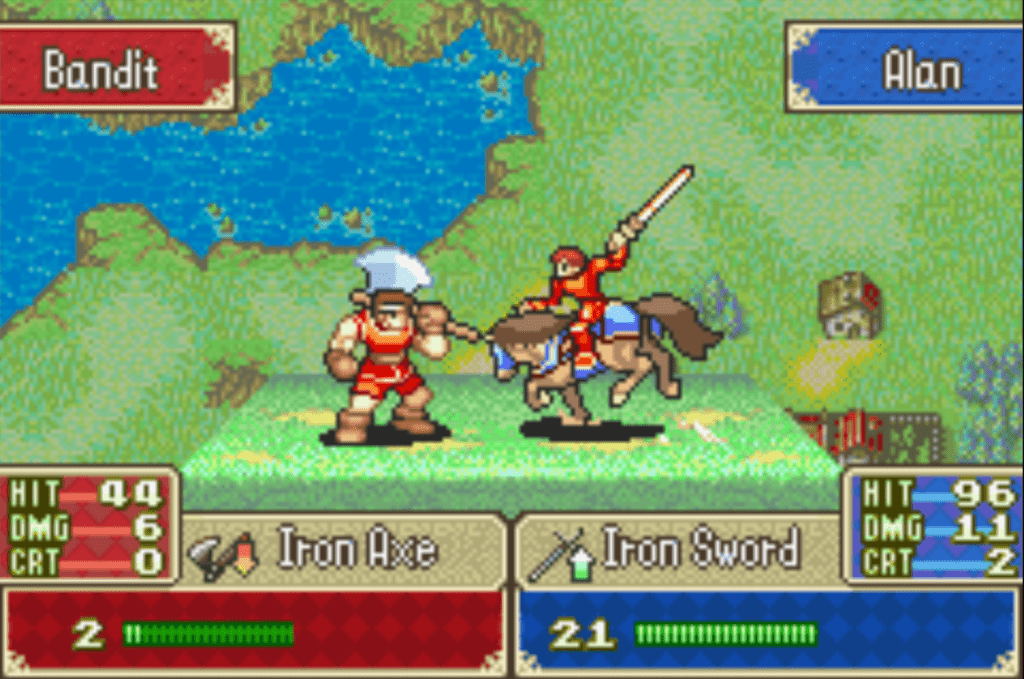

While not always the case, Cain Cavaliers tend to have higher HP, Defense, and Skill, while Abel Cavaliers tend to have higher Strength and Speed. Cain and Abel Cavaliers will regularly be the best Cavaliers at your disposal (Though not always. Franz from The Sacred Stones, for example, is better than Kyle and Forde).
Much of this can be attributed to their earlier join time as they will have more time to level up.
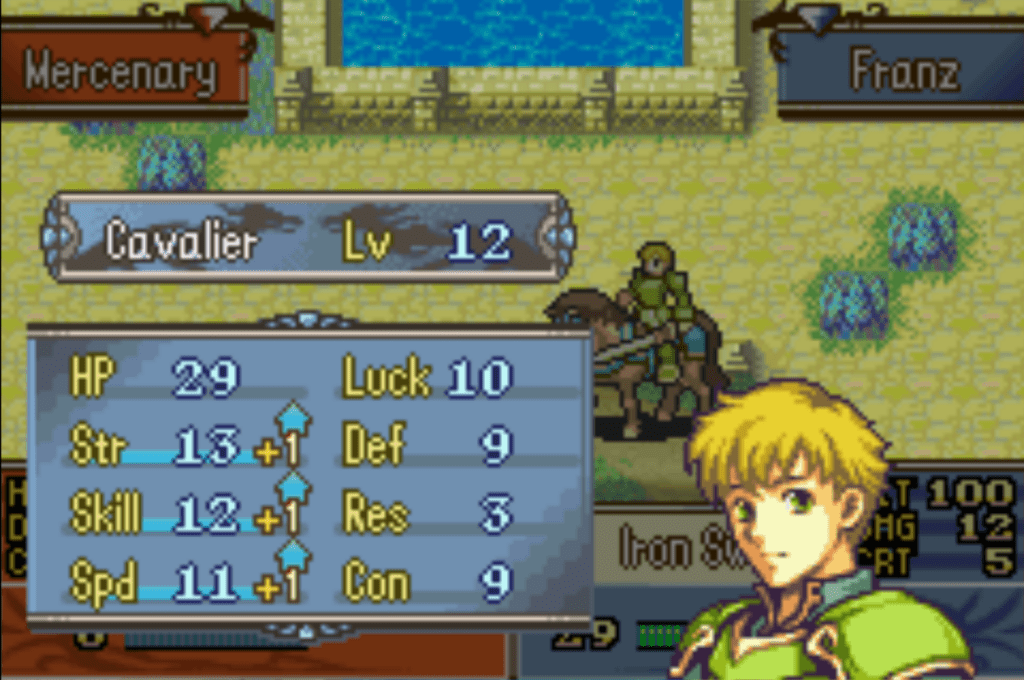
Cavaliers that fall outside of the Cain and Abel archetype vary pretty wildly. Cavaliers like Trec and Lowen tend to be slower but have superior HP and Defense, while Cavaliers like Franz and Cecil rank high in every growth rate except Defense and Resistance.
Someone like Silas has high growth rates in everything and is essentially a complete powerhouse.
With Cavaliers being the most balanced class, you can expect a fair share of them to be jack-of-all-trades and masters of none. Noah starts with pretty high bases and weapon ranks, but his growth rates are unimpressive, so while he can still be a good unit, he isn’t likely to shine in any category.
Shadow Dragon & the Blade of Light, Mystery of the Emblem, and their respective remakes throw a ton of replacement Cavaliers at you like Vyland, Matthis, and Roshea. All of them are very underwhelming and take the term filler unit quite literally. The only reason to use them is if your superior Cavaliers are dead.
But the true Strength of Cavaliers stems from the Cavalier class itself, not the characters.
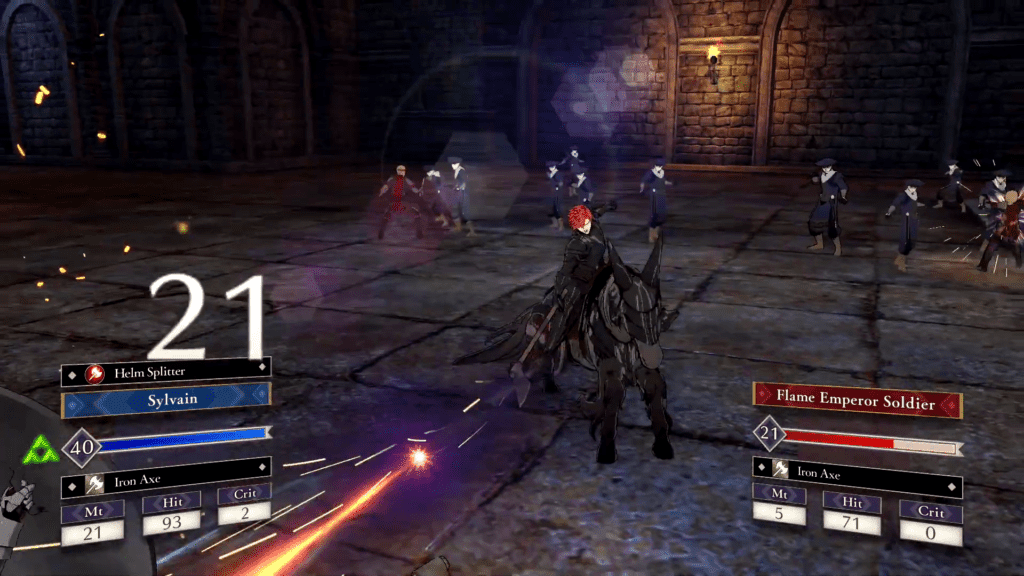
Cavaliers have incredible mobility and have higher Movement than most promoted infantry units. That allows them to charge into battle and take the fight to the enemy head-on. For most of the series, Cavaliers have access to Swords and Lances.
Several other base classes could initially do the same thing, but eventually, Cavaliers became the only base class with more than one weapon type. After Intelligent Systems implemented the Weapon Triangle system in Genealogy of the Holy War, it gave the Cavalier class unrivaled combat versatility.
Your first Cavaliers will start with an E and D weapon rank in Swords and Lances, which immediately gives them access to some potent weapons.
A D in Swords lets them use the Armorslayer and Longsword, extra effective against Knights and mounted units. A D in Lances allows them to use the Horseslayer, effective against mounted units, and Javelins, one of the most reliable 1-2 range weapons in the series.

They have enough base Speed that they should start doubling most enemies quickly. Their high Movement allows them to easily breach through enemy lines and take out backline Archers and Mages before they can cause trouble.
Cavaliers don’t have as much HP as classes like Fighters or Knights but have enough to take some hits without causing concern.
Cavaliers like Ares, Hardin, Noah and Peri that join at a higher level (Usually 6-10) will start with at least one weapon rank at C and sometimes even as high as B.
That allows them to use better Swords and Lances outside of legendary weapons and silver weapons at base. These mid-level Cavaliers can achieve S rank in Swords and Lances quickly and easily after promoting.
Cavaliers aren’t just pure combat units but also have valuable support utility thanks to the Rescue mechanic.

The safest way to get an endangered unit out of harm’s way is to rescue them using someone else. Cavaliers have some of the highest Aid out of any class in the series, allowing them to rescue nearly anyone.
However, the rescue mechanic comes with a downside. When you rescue one of your allies from danger, your stats like Speed and Skill will suffer penalties.
Sometimes, these stat reductions are so severe that enemies might be able to double your rescuer since your Speed is so low. Suddenly, you have two units in danger instead of one. But Cavaliers can avoid this fate thanks to a nifty skill called Canto.
Exclusive to mounted and flying units, Canto allows you to move twice in one turn so long as you haven’t exceeded your maximum Movement. A Cavalier can swoop in, rescue an endangered ally, then automatically use Canto to retreat to a safe distance away.
You can then have someone else take your rescued unit, drop them, then heal them on the same turn, so everyone is ready to go the next round. It’s a very effective tactic to use while in a pinch.
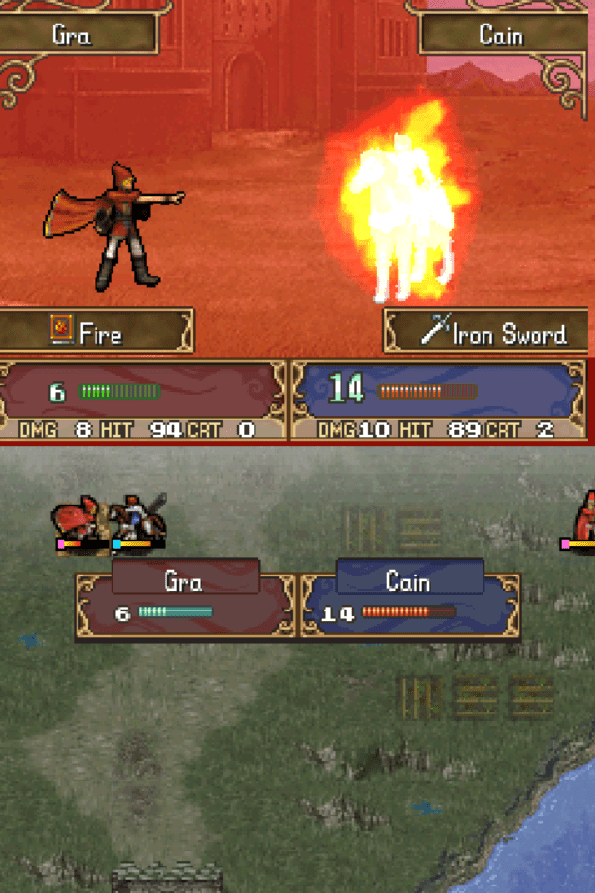
Most Cavaliers’ stat spreads are very even for a while, with those spreads starting to vary once you start entering the teens. It is here where you will start seeing a few holes in their builds and can determine what stat boosters you should give them.
One exception to this is Resistance, which will be a shaky stat for almost every Cavalier in the series. Until they promote and get some hefty promotion stat bonuses, Cavaliers will become progressively more vulnerable against magical enemies.
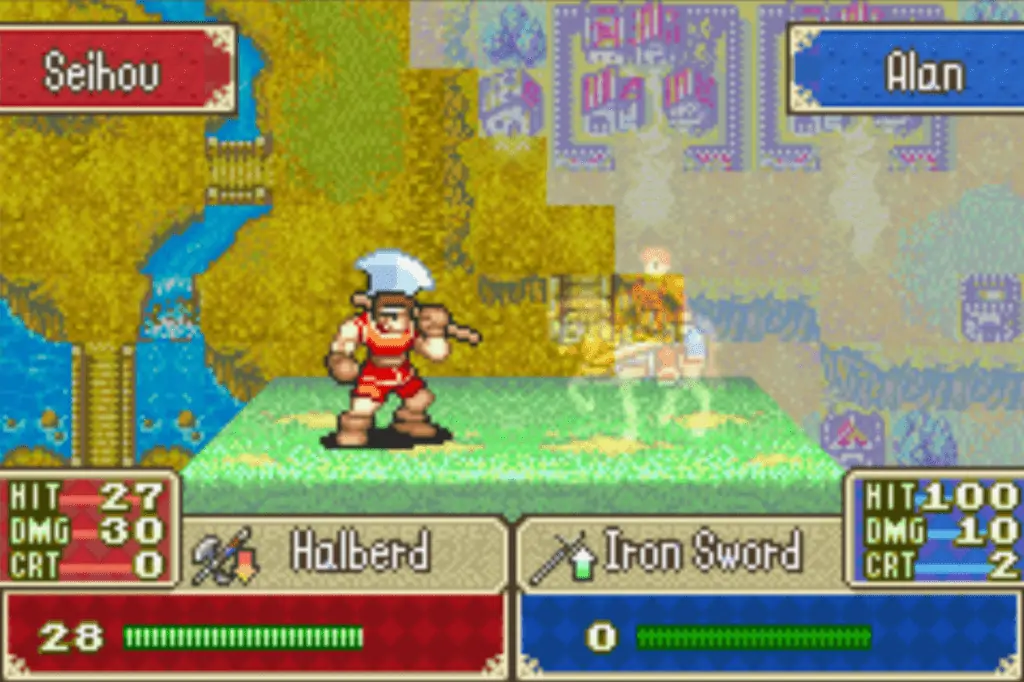
For these foes, it’s best to use a magical unit of your own as bait for the enemy to attack, then deliver the killing blow with your Cavalier to exploit the low Defense of magical foes.
Besides magical enemies, there are a couple of weapons to watch out for, like Horseslayers and Halberds. Other than that, the Cavalier class is more rock-solid than Kanto’s first gym leader.
In many games in the series, Cavaliers share promotion items with the significantly inferior Knight class, so there’s no promotion competition. And even in games that use umbrella promotion items, Cavaliers are well worth prioritizing.
How Many Playable Cavaliers Exist in Fire Emblem?
Quite a few! Nearly three dozen Cavaliers have been in the series so far. 34, to be exact.
- Cain (Shadow Dragon & the Blade of Light, Mystery of the Emblem, Shadow Dragon, New Mystery of the Emblem
- Abel (Shadow Dragon & the Blade of Light, Mystery of the Emblem, Shadow Dragon)
- Matthis (Shadow Dragon & the Blade of Light, Mystery of the Emblem, Shadow Dragon, New Mystery of the Emblem)
- Hardin (Shadow Dragon & the Blade of Light, Mystery of the Emblem, Shadow Dragon)
- Roshea (Shadow Dragon & the Blade of Light, Mystery of the Emblem, Shadow Dragon)
- Vyland (Shadow Dragon & the Blade of Light, Mystery of the Emblem, Shadow Dragon)
- Clive (Gaiden, Echoes: Shadows of Valentia)
- Cecil (Mystery of the Emblem, New Mystery of the Emblem)
- Luke (Mystery of the Emblem, New Mystery of the Emblem)
- Roderick (Mystery of the Emblem, New Mystery of the Emblem)
- Naoise (Genealogy of the Holy War)
- Alec (Genealogy of the Holy War)
- Ares (Genealogy of the Holy War)
- Carrion (Thracia 776)
- Alen (The Binding Blade)
- Lance (The Binding Blade)
- Noah (The Binding Blade)
- Trec (The Binding Blade)
- Sain (The Blazing Blade)
- Kent (The Blazing Blade)
- Lowen (The Blazing Blade)
- Franz (The Sacred Stones)
- Forde (The Sacred Stones)
- Kyle (The Sacred Stones)
- Frey (Shadow Dragon, New Mystery of the Emblem)
- Belf (New Mystery of the Emblem)
- Reiden (New Mystery of the Emblem)
- Stahl (Awakening)
- Sully (Awakening)
- Silas (Fates)
- Peri (Fates: Conquest, Revelation)
- Sophie (Fates)
- Siegbert (Fates: Conquest, Revelation)
- Fernand (Echoes: Shadows of Valentia)
Who is the Best Cavalier in Fire Emblem?

There are so many outstanding Cavaliers in the series that this question is tricky to answer. But if I had to go with one, it’d probably be Ares from Genealogy of the Holy War.
He joins in the middle of the early game and starts with high base Strength, Skill, and Speed, so he will hit hard, double most enemies, and be very accurate.
He also comes equipped with the Mystletainn regalia Sword, which gives him critical and fixes his low Resistance. His HP and Strength growth rates are ludicrous, at 130% and 90%, respectively. His base Luck isn’t the greatest, but his 50% Luck growth rate should fix that.
His stellar base stats and excellent growth rates where it counts ensure that Ares will be one of your best units for the entire game.
Franz or Silas almost got the top spot, but I decided the difficulty of the games where they appear should also play a factor. Genealogy of the Holy War’s maps are massive, and with the Inheritance and parental pairing system, it’s got a steeper learning curve than modern Fire Emblem.
The Sacred Stones is easily the most cakewalk game in the series, and Fates isn’t above Genealogy of the Holy War in difficulty.
Is the Cavalier Class Good?
Not only is the Cavalier class good, but I would argue it’s the best tier 1 class in the series. If you’ve got spots in your army that need filling, it’s hard to go wrong with an additional Cavalier.
Even the average characters can contribute in various ways. Their dominance over the weapon triangle system alone puts them ahead of the pack.
The only significant stat weakness the class suffers from is low Resistance, but that’s not really an issue for almost half any game’s campaign. There aren’t many magical enemies early on, and Cavaliers have respectable enough HP levels to tank hits.
While promoting Cavaliers when you get the chance is highly recommended, as it goes a long way to alleviating their Resistance issues (Among other things), they have more longevity as a tier 1 class than other units.
A level 20 Cavalier will be able to keep up with your promoted units better than a level 20 Pegasus Knight or Myrmidon. In the games that use generic promotion material, you may want to keep this in mind and prioritize accordingly.
Cavaliers have another notable weakness, along with their low Resistance: possible Movement issues.
Some maps have terrain conditions that turn a Cavalier’s mobility non-existent (Hence why flying units are the best overall Movement wise), so it’s unwise to field mostly Cavaliers and nothing else. While I still feel like the Cavalier is the best tier 1 class, diversity is everything.
FAQs
Question: Who is Your Favorite Cavalier?
Answer: It might come as a surprise, but I’m really digging Trec. Trec ranks as the “worst” Cavalier in The Binding Blade (For good reason), but I love a defensive Cavalier. FE6 Hard Mode is hard (Shocker, I know), and hax is real.
A tanky unit that isn’t an awful-mobility Knight/General comes in handy when the game starts throwing dozens of Wyvern Knights at you. Trec isn’t the strongest, most accurate, or fastest, but he has the best survivability.
Question: Are Cavaliers Really better than Wyvern Knights and Pegasus Knights?
Answer: In my opinion, yes. While some maps severely hamper Cavaliers, there isn’t a ton of them. Pegasus Knights lack the Strength to carry your army early on, and Wyvern Knights have inconsistent and somewhat late join times.
Question: Who is the Worst Cavalier in the Series?
Answer: I’m going with Roshea, though Vyland came close. Roshea joins in Chapter 5 at level 3 but with level 1 base stats. His Strength growth is poor, and his Defense and Speed growths are non-existent.
His high HP growth means nothing if he can’t take the hits. If you’re playing the original first and third games, then Roshea is hardly worth using. If you’re playing the remakes, you’re better off re-classing another character to Cavalier instead of using him.
Conclusion
Cavaliers are the godsend of the Fire Emblem series. If you really want to give yourself a challenge, try playing any Fire Emblem game without using your Cavaliers. Or maybe don’t if you’re not a masochist, as it’s a wholly unpleasant experience.
Cavaliers are the units you can rely on while other members of your army are still getting their bearings in Doc Mitchell’s house. And once your Cavaliers promote into their de facto promotion option, the Paladin, oh boy. Now we get to have some fun.
But that’s another article for another time coming soon here on FEFanatics. Stay tuned!
For more interesting readings about Fire Emblem check out:


